So you want to build a wood-fired oven? Start here.
The first step is deciding which oven is right for you.
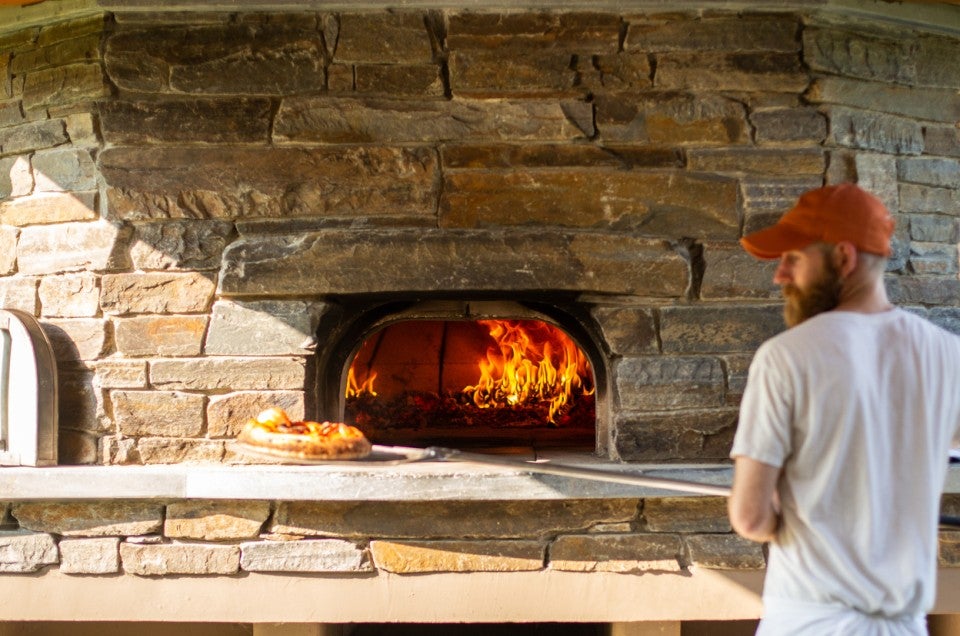

I graduated from college broke and hungry. With three months to kill before the next chapter began, I cracked open the classifieds to look for summer work. Roofing, paving, mowing ... baker for a wood-fired pizzeria? I’d had restaurant jobs but only dabbled with Beard on Bread for baking. The ad offered on-the-job training and pizza as a shift meal. I applied and was handed an apron — pizzaiolo for a summer.
Or, pizzaiolo for a lifetime. If you love fire or the smell of hardwood smoke, you’ll understand how much joy I found that summer. Hot ovens, smoky pizza, hands in dough and toppings — it set me on a course that continues today.
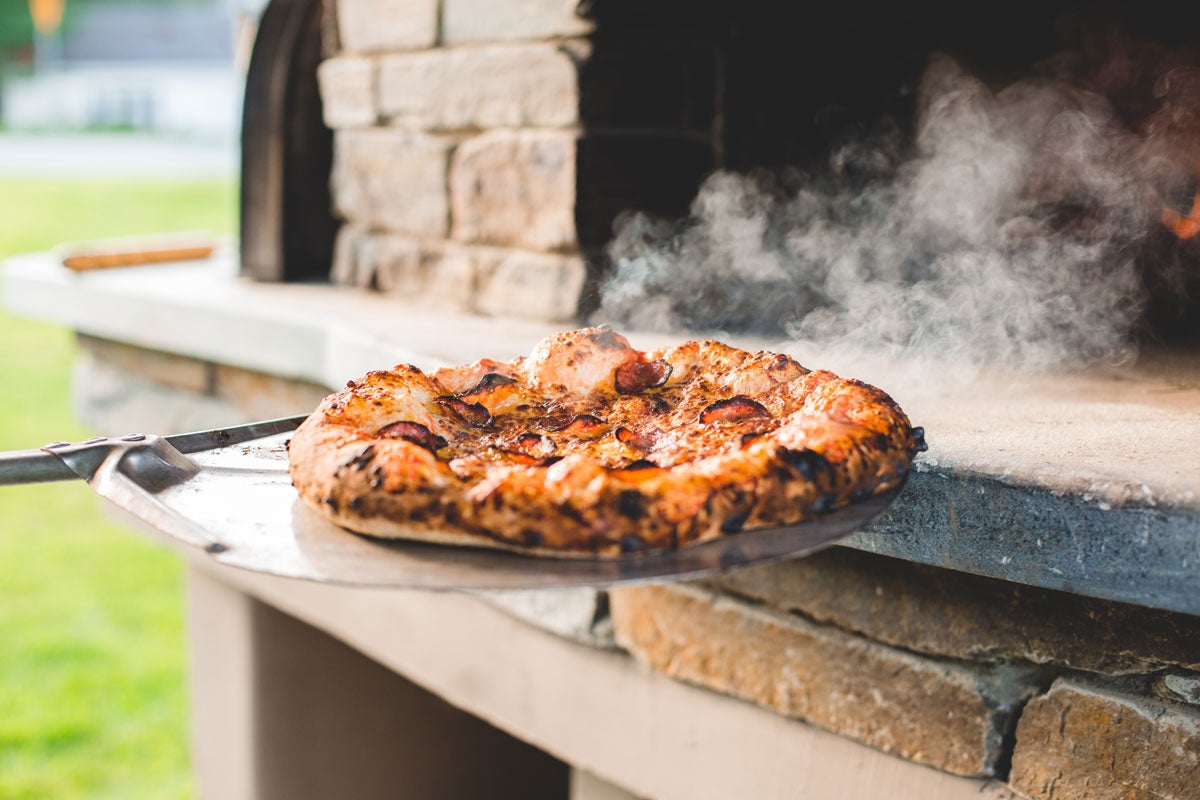
I’m not the first person to find this connection. Humans are hard-wired into the intersection of firelight, warmth, community, and sustenance — we've been at it for a while. Archaeological evidence from Jordan links flatbreads and fire as far back as 14,000 B.C.E. Today, the power of food, fire, and community continues with the tradition of communal ovens, found across the world and in our own little corner of New England.
Near King Arthur headquarters in Vermont is a communal oven that’s seen its share of gatherings, pizza, and sourdough miche. So many bakes, in fact, that in July a group of King Arthur bakers and community members, with Richard Miscovich as ringleader, renovated the oven, restoring its delicious connection to the town and community.
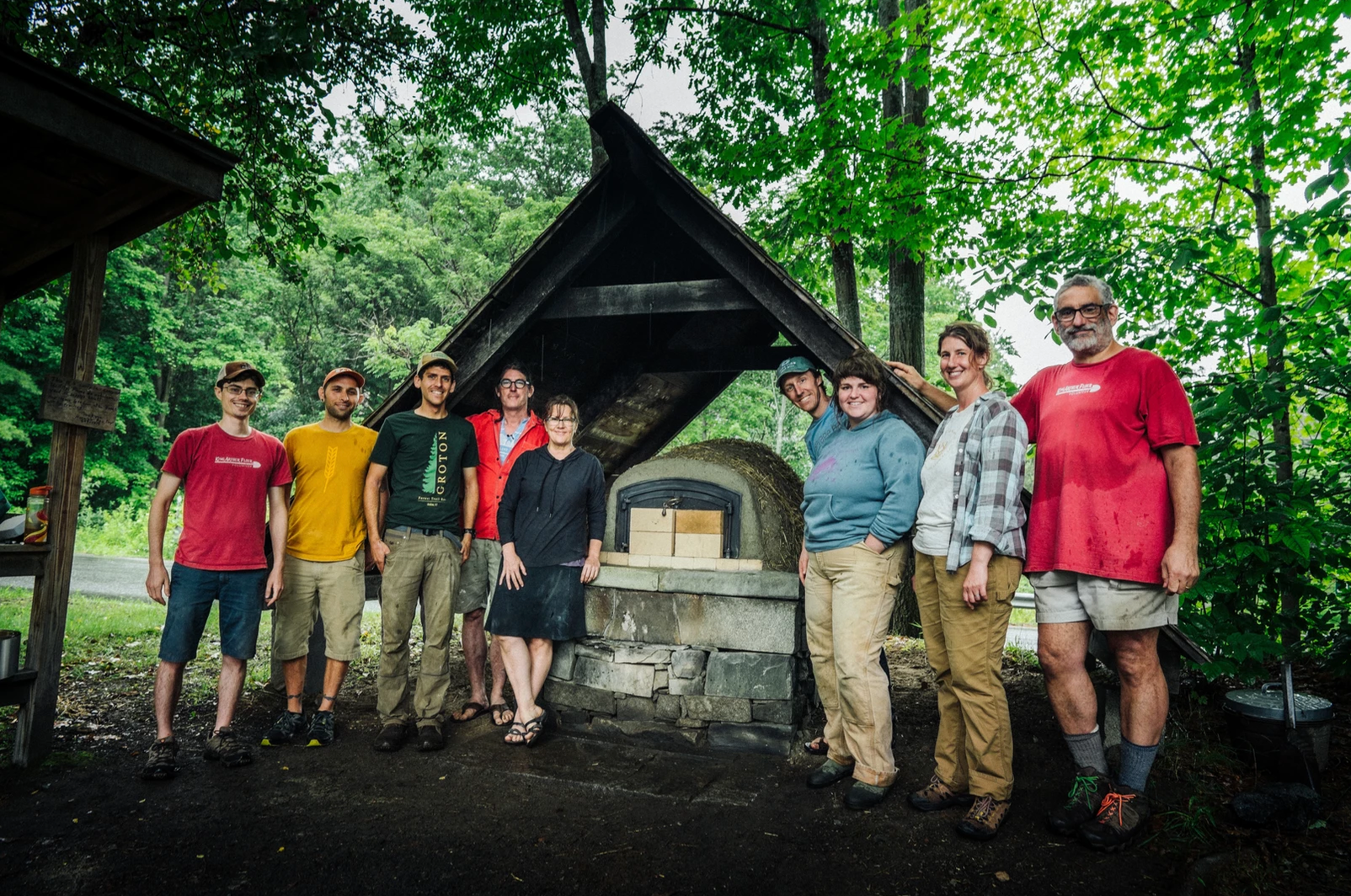
Ready to plan your build? Wood-fired ovens aren’t a one-size-fits-all situation; baking options vary wildly in their time and resource commitments. Let’s break down the options so you can pick the one that’s best for you.
This category is for ovens that are permanent structures or additions to a home or property: masonry ovens and modular ovens.
These require a significant commitment of time and resources; if the magnitude of this task seems overwhelming, remember that these ovens can feed a crowd (even a community!). You’d be surprised how many people might show up to help build your dream.
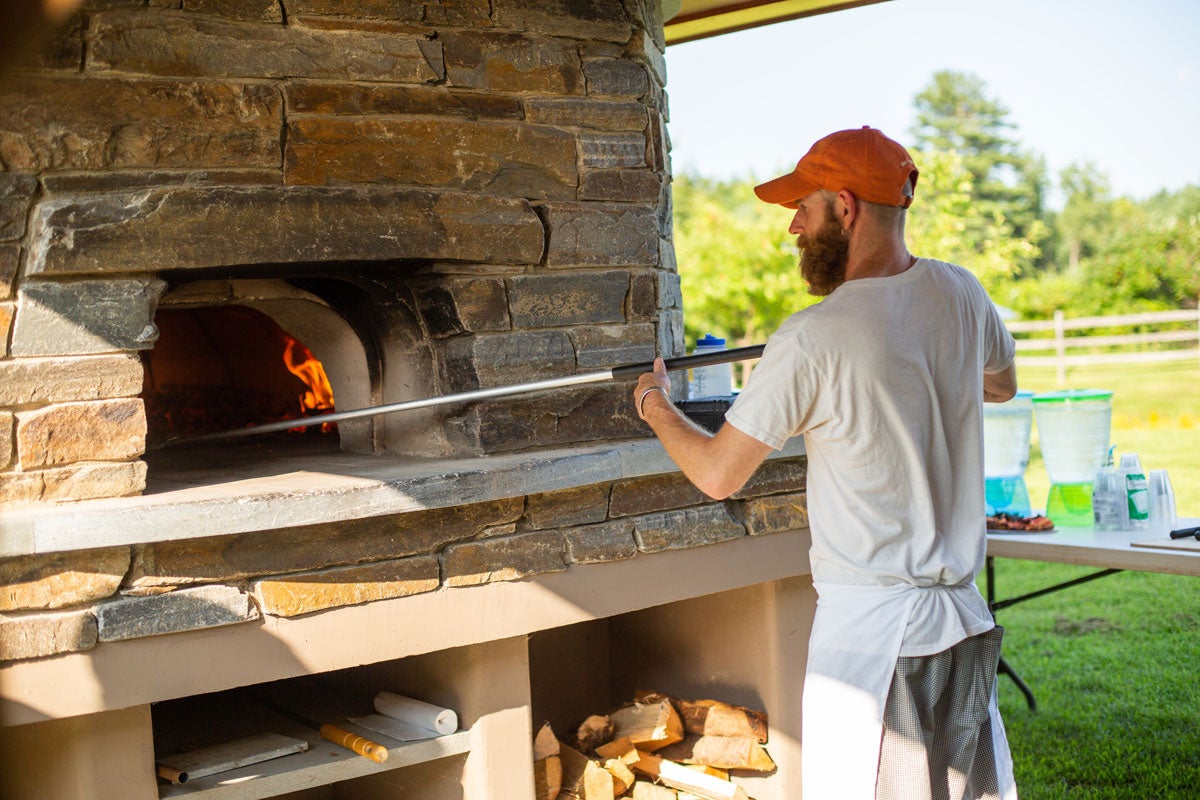
Built-in-place ovens require detailed planning (property line and structural setbacks, cement foundations in colder climates, and occasionally, building permits — check with your local town regulations), but they tend to be the best, most long-lasting tools for baking. They generally have significant thermal mass and insulation, which promote a more even bake, and they offer a larger baking chamber, which is ideal for a cottage business should your hobby become something more serious. The size will vary, but even a basic oven may easily run a footprint of 5’ by 5’ by 7’ high.
Modular ovens, essentially a prefabricated core with a custom exterior and insulation, are one step easier than building everything from the ground up (as you would with a masonry oven) and are available with sizing options from small to quite large.
In terms of cost, even DIY masonry ovens can run from several thousand dollars in materials up to the price of a new car depending on factors that vary based on footprint, materials, roofing, exterior work, and labor (should you need a mason).
Melina Kelson-Podolsky — the head baker and owner of Bootleg Bakery, a cottage wood-fired bakery in Illinois — paid thousands for her oven, but she says the cost was worth it. “It’s a full-body experience. You’re outside and the ethos of wood-fired baking is primal. It’s a different level of engagement and connection with the oven.”
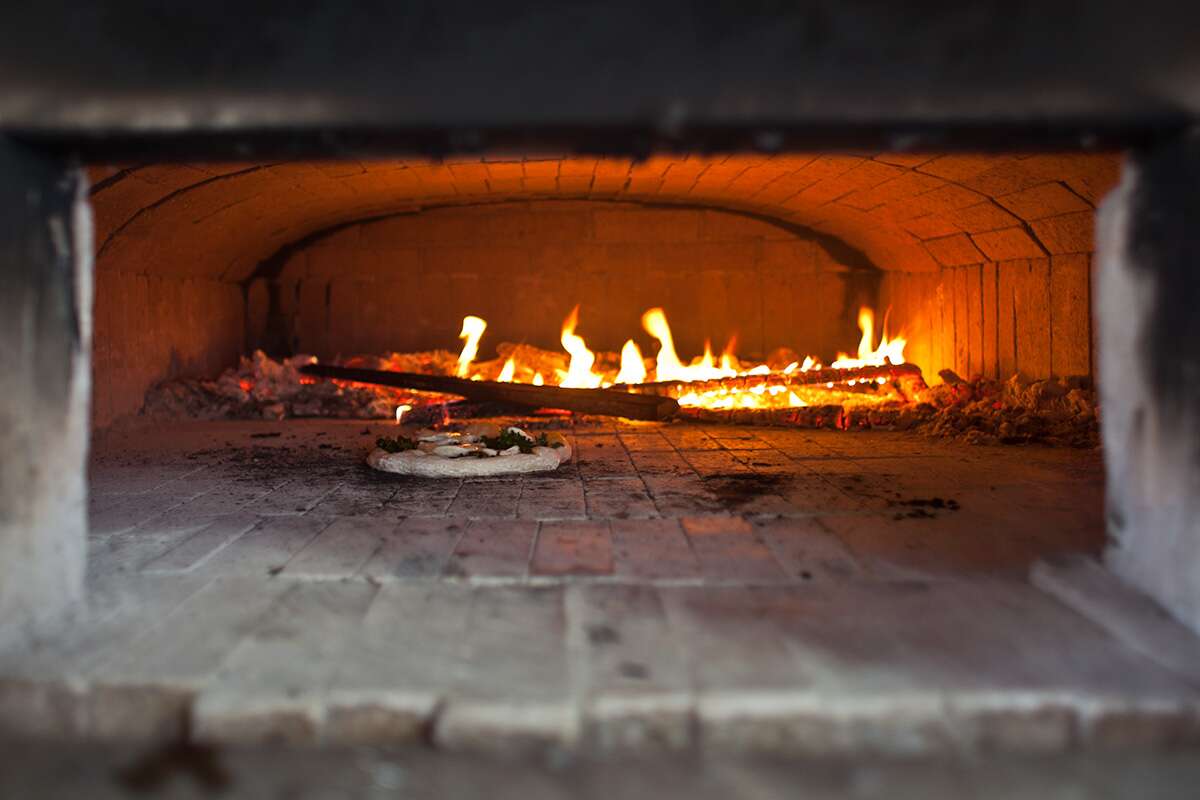
Those of you who know a little masonry may feel comfortable with a project of this scale, but for those of us who feel daunted by the scope of a project like this, there are easier options (below).
Pro: Big ovens have great capacity and potential for evenly heated surfaces, supporting multiple bakes with each firing.
Con: Their footprint and project scope require more planning, resources, space, and skills to build.
Here are two options that land between the time, effort, and cost of the masonry oven and the affordability and ease of tabletop ovens: stand-alone ovens and mud ovens.
A stand-alone oven can be ordered online, will arrive in weeks and, once it’s level and secure, you’re off to the races. I include it because the time commitment is low, but convenience comes at a cost — these are not cheap. However, unlike some other options here, they're mobile in the event you’re not in your forever home. There’s no construction involved; you just have to buy it!
The mud oven or cob oven has been around for thousands of years across the globe, from the adobe horno of the Southwest desert to the bread ovens of Quebec. It’s made by mixing clay with straw or another substrate for strength, then setting firmly with heat to last for many, many years. Kiko Denzer’s book Build Your Own Earth Oven (listed in the resource section at the end of this post) is a great resource for building these ovens, which straddle the line between functional tool and sculptural expression. They can be unique, highly functional, cheap, and constructed quickly.
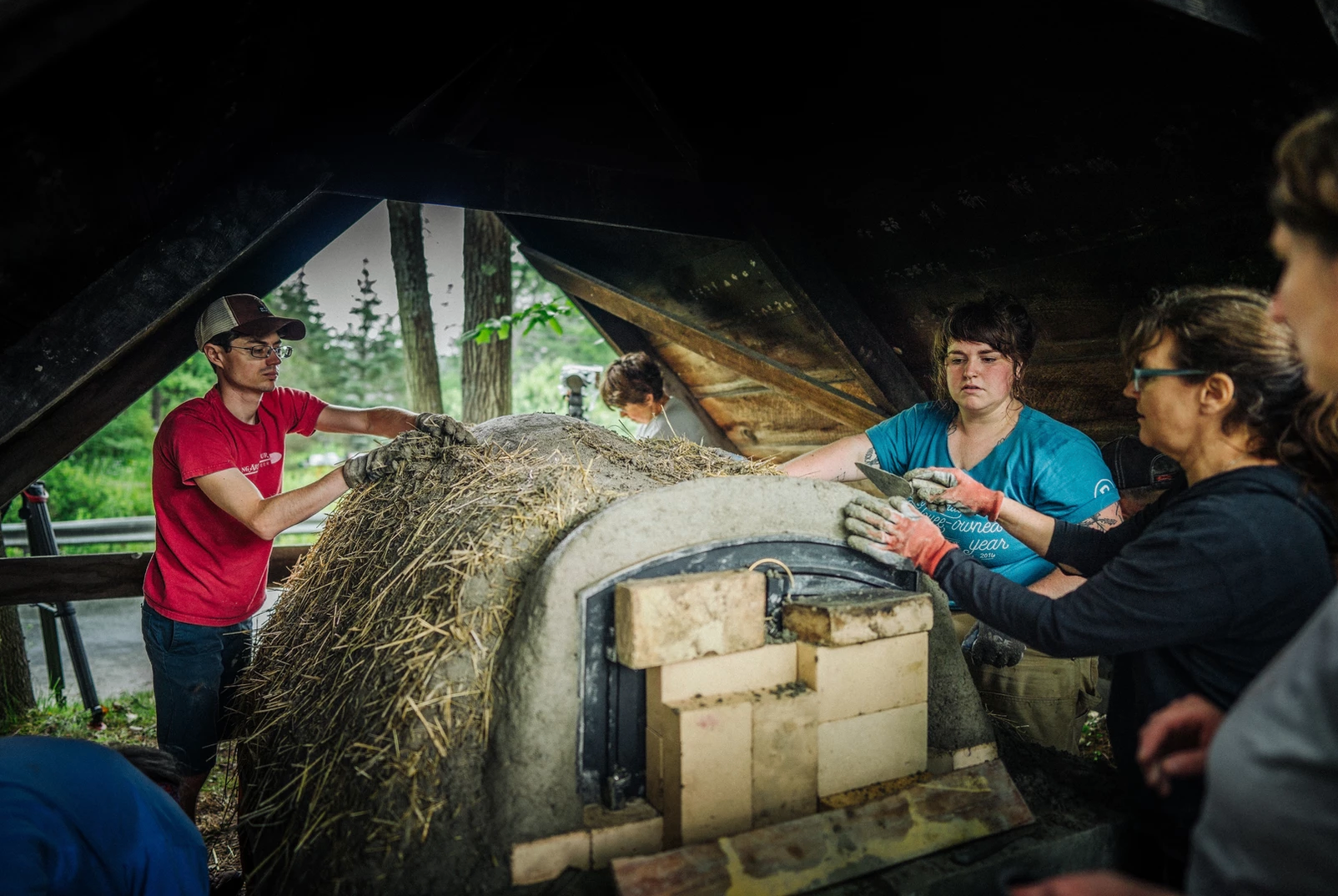
I asked Melina what she tells people who are enthralled with her oven and want their own. She advises them that the “mud oven is the fastest way to know if it’s something that you want to engage with.” You can literally build one in a day and use it soon after it cures with materials you might have right under your feet (clay, sand, straw, and rocks).
Pro: Off-the-shelf options offer easy solutions for ovens with nice styling and medium capacity. Mud ovens, meanwhile, can be constructed very inexpensively.
Con: Off-the-shelf options can be pricey — you pay for that convenience! If you make a mud oven, it’s definitely a hands-on project — get ready to get muddy but also creative. (Invite your community to help!)
What if your condo association, city apartment, or desire for a smaller footprint precludes your plans for the big dig of a masonry oven? The good news is that these are booming times for tabletop wood-fired pizza options.
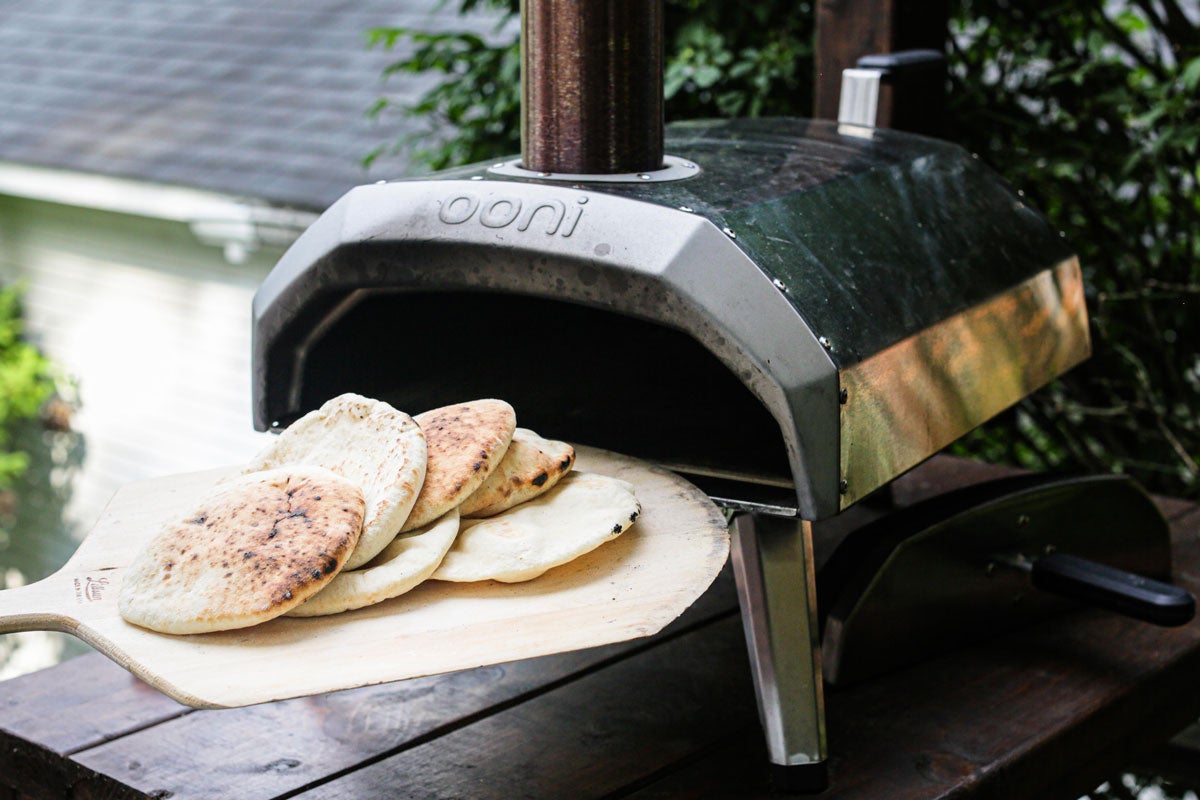
With a small footprint and portability (I can carry it to the lake for a day!), my tabletop wood-fired Ooni oven has been a game-changer. Heated to 800°F and ready to go in less than 30 minutes (compare that with 12 to 24 hours for a masonry oven) with a few handfuls of wood, it’s brought spontaneity to my table. At 5:30 p.m. I can decide to have dinner from the oven and at 6:30 p.m. present a meal of wood-fired fish and vegetables, served in a freshly baked flatbread with tzatziki or tahini dressing.
Pro: For about the same money as a decent gas grill, many tabletop oven options are a good fit for small gatherings or weeknight wood-fired baking. They pack up and disappear to basements and garages for the winter, leaving no permanent footprint — some even come with a carrying case. They’re an easy on-ramp to wood-fired goodness.
Con: The small capacity, which places baking pizzas right next to flames, requires close attention to both the quick-cooking pizzas and also the firebox which can lose heat quickly (although some do run on propane for easier control). Even in the hands of this experienced pizzaiolo, there have been a few carbonized crusts!
Do you want an oven that will serve as a gathering space, bringing together a neighborhood or community to build, bake, and share food? Do you dream of having pop-up bread sales at your house with loaves from your very hands? Maybe an option like the masonry or modular oven is the project you’re looking for.
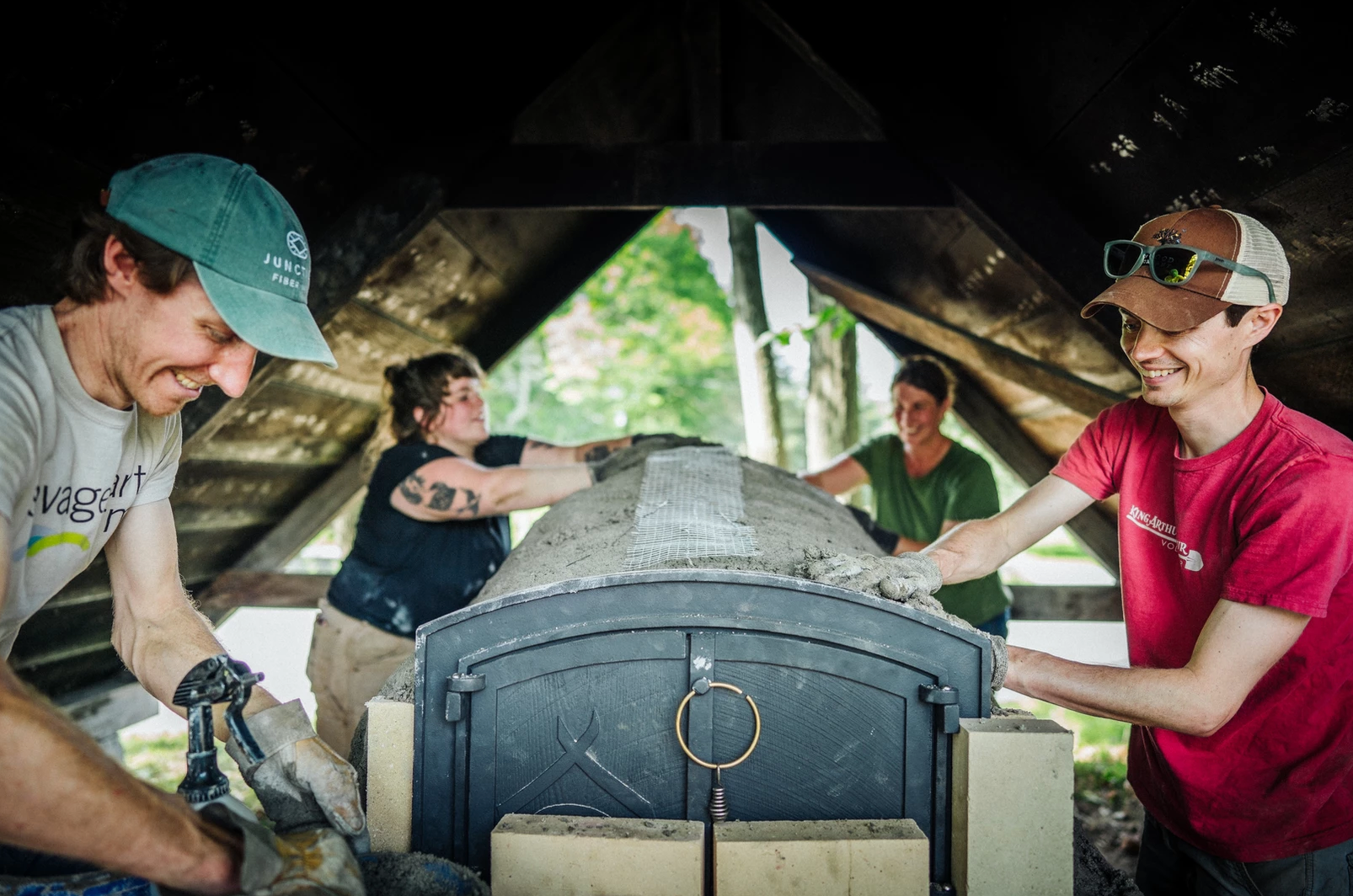
Or perhaps you want less of a lift and expense and need a project that the kids (or adults like me!) would enjoy sculpting and making from foraged materials like river clay and field stones? If you’re comfortable stumbling through and improvising some, a mud oven may be the ticket.
And, if you just want to get to the wood-fired part and people are hungry, this tabletop option will have you eating in no time.
If this lights a spark, or if you’ve been dreaming of wood-fired food but aren't sure how to proceed, here are some options for your own oven.
If you’re interested in the full experience, Richard Miscovich’s book From the Wood-Fired Oven is unrivaled in its combination of how to build and how to cook and bake.
The Bread Builders by Dan Wing and Alan Scott is a thorough book with building methods and great sections on sourdough science.
If you want to get up and running quickly, Kiko Denzer’s book Build Your Own Earth Oven will leave you confident to start and emboldened to figure out what you don’t understand (yet!).
And in the virtual space, YouTube “university” can always teach you (show you!) just about everything you need for each level of difficulty from the easiest mortarless oven to more advanced wood-fired baking structures.
Cover photo by Jenn Bakos